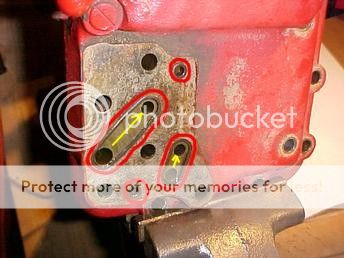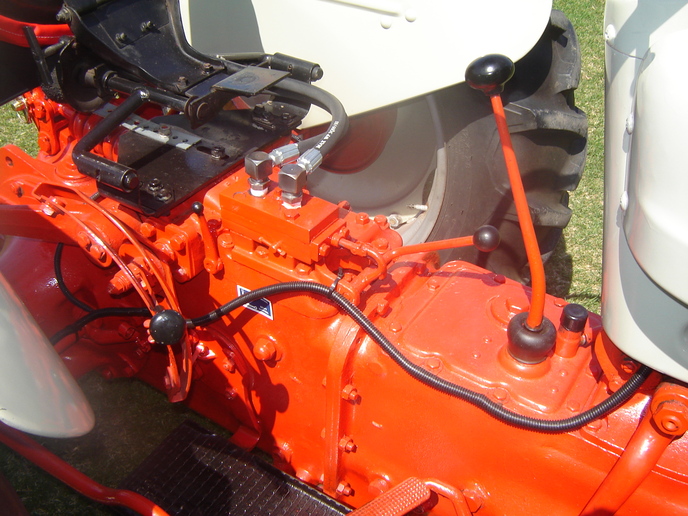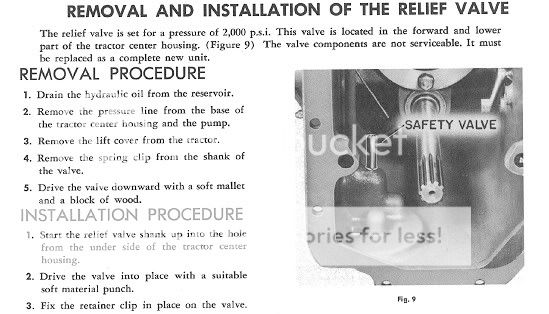I have a 1954 Ford NAA. I have had the tractor for 30 years and it was missing the hydraulic pump when I got it. Someone made a plate to cover the place where it bolts to the engine and had cut and brazed the lines at the back of the tractor. I decided to try to get the hydraulics working. I got a used pump and got a set of lines and repaired them. I installed the pump and lines on the tractor but the lift would not raise. I got and watched the hydraulic repair for ford tractors video before taking off the lift cover:
http://www.link_disallowed/VID18D-hydraulic-repair-ford-tractor-video-dvd
I replaced the cam follower pin, changed the rings on the piston, cleaned the control valve, unstuck unload valve and replaced o-ring on the unload valve and I replaced the safety valve with this valve:
http://www.link_disallowed/FDS353-hydraulic-pump-safety-valve-assembly
I replaced the steel ball that goes in before the safety valve.
I put a hydraulic gauge on the pump and can see that I have over 2000 psi pressure when I raise the lift handle, but the lift will not come up. If the raise the lift by hand the pressure will drop when I reach the position that the lift handle is set at. So this part seems to be working correctly, when it reaches the desired level the pressure drops, even though I am raising it by hand.
I am not sure what to try next. I saw something about a check valve and a back pressure valve but I don't even know where they are located on the lift assembly:
http://66.49.166.42/VFTR/hyd.htm
Any way to just plug the safety valve temporarily to see if that is the problem? Any other troubleshooting tricks? Any advice would be greatly appreciated.
http://www.link_disallowed/VID18D-hydraulic-repair-ford-tractor-video-dvd
I replaced the cam follower pin, changed the rings on the piston, cleaned the control valve, unstuck unload valve and replaced o-ring on the unload valve and I replaced the safety valve with this valve:
http://www.link_disallowed/FDS353-hydraulic-pump-safety-valve-assembly
I replaced the steel ball that goes in before the safety valve.
I put a hydraulic gauge on the pump and can see that I have over 2000 psi pressure when I raise the lift handle, but the lift will not come up. If the raise the lift by hand the pressure will drop when I reach the position that the lift handle is set at. So this part seems to be working correctly, when it reaches the desired level the pressure drops, even though I am raising it by hand.
I am not sure what to try next. I saw something about a check valve and a back pressure valve but I don't even know where they are located on the lift assembly:
http://66.49.166.42/VFTR/hyd.htm
Any way to just plug the safety valve temporarily to see if that is the problem? Any other troubleshooting tricks? Any advice would be greatly appreciated.




